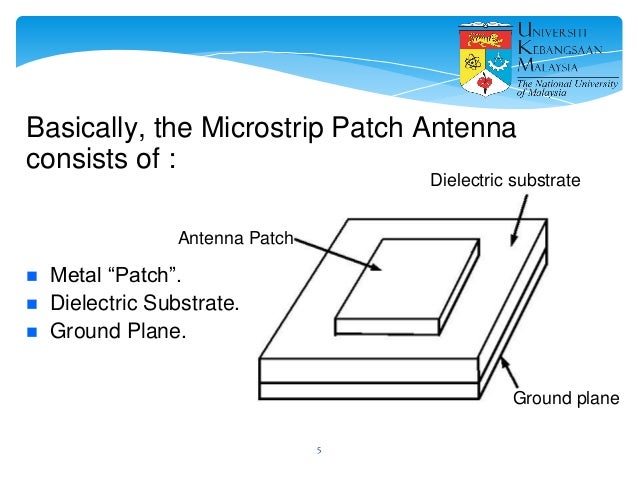Design Of Microstrip Patch Antenna Using Hfss

Coaxial feed microstrip patch antenna using HFSS.1.Study of AnsoftHigh Frequency Structure SimulatorGuided By Presented ByProf.
.This paper proposes a radiating pattern reconfigurable antenna by employing RF Micro-electromechanical Systems (RF MEMS) switches. The antenna has a low profile and small size of 4 mm × 5 mm × 0.4 mm, and mainly consists of one main patch, two assistant patches, and two RF MEMS.Electromagnetic (EM) simulation of dual-polarized antennas is necessary for precise initial alignments, calibration and performance predictions of multi-function phased array radar systems. To achieve the required flexibility and scalability, a novel Finite-Difference Time-Domain (FDTD) solution.A linearly-polarized aperture coupled patch antenna design is characterized and optimized using HFSS antenna simulation software. This thesis focuses on the aperture coupled patch antenna due to the lack of fabrication and tuning documentation for the design of this antenna and its usefulness in arrays.Wireless local area network (WLAN) is a technology that combines computer network with wireless communication technology.

The 2.4 GHz and 5 GHz frequency bands in the Industrial Scientific Medical (ISM) band can be used in the WLAN environment. Because of the development of wireless.Fiber-reinforced polymer (FRP) has been increasingly applied to steel structures for structural strengthening or crack repair, given its high strength-to-weight ratio and high stiffness-to-weight ratio. Cracks in steel structures are the dominant hidden threats to structural safety.In this paper, we present a new dual band planar antenna.
The proposed antenna consists of a microstrip patch with a U-shaped slot that is fed by a broadband electromagnetic coupling probe, known as L-probe. Radiation characteristics of the antenna and different methods for control.In this study a new built-in ultrahigh frequency (UHF) antenna sensor was designed and applied in a high-voltage switchgear for partial discharge (PD) detection.

Ansys Hfss Tutorial For Beginners
The casing of the switchgear was initially used as the ground plane of the antenna sensor, which integrated the sensor into the high-voltage switchgear.Recently introduced passive wireless strain sensors based on microstrip patch antennas have shown great potential for reliable health and usage monitoring in aerospace and civil industries. However, the wireless interrogation range of these sensors is limited to few centimeters, which restricts their practical.Passive ultra-high frequency (UHF) radio frequency Identification (RFID) has emerged as a promising solution for many industrial applications. Passive UHF systems are relatively inexpensive to implement and monitor, as no line of sight is required for the communication. There are several advantages to using a passive RFID system.An aluminum nitride (AlN) based patch antenna-type high-temperature wireless passive sensor is reported to operate as both a sensor and an antenna, which integrates in situ measurement/sensing with remote wireless communication at the same time. The sensor is small, easy to manufacture, highly sensitive.A passive temperature-sensing antenna is presented in this paper, which consists of a meandering dipole, a bimetal strip and a back cavity.
Design Of Microstrip Patch Antenna Using Hfss Free
The meandering dipole is divided into two parts: the lower feeding part and the upper radiating part, which maintain electric contact during operation.Planar or cylindrical phased arrays are two candidate antennas for future polarimetric weather radar. These two candidate antennas have distinctly different attributes when used to make quantitative measurements of the polarimetric properties of precipitation.